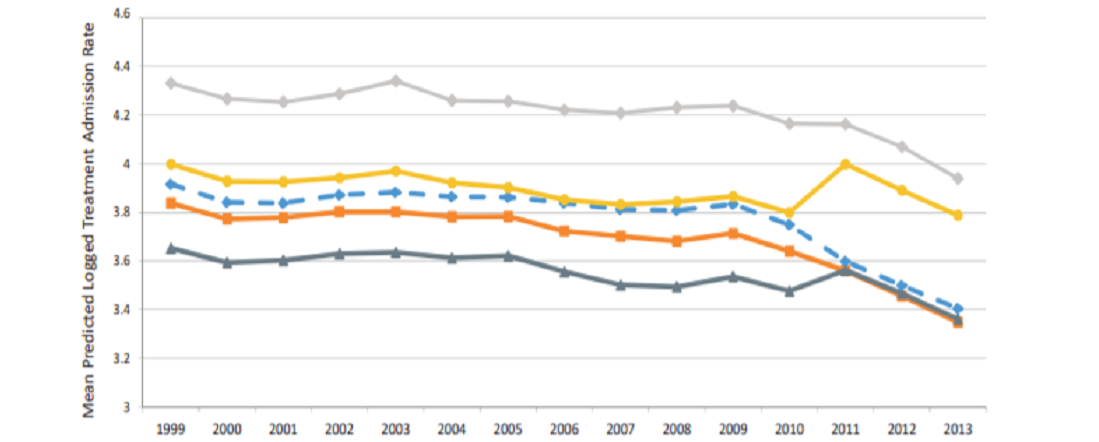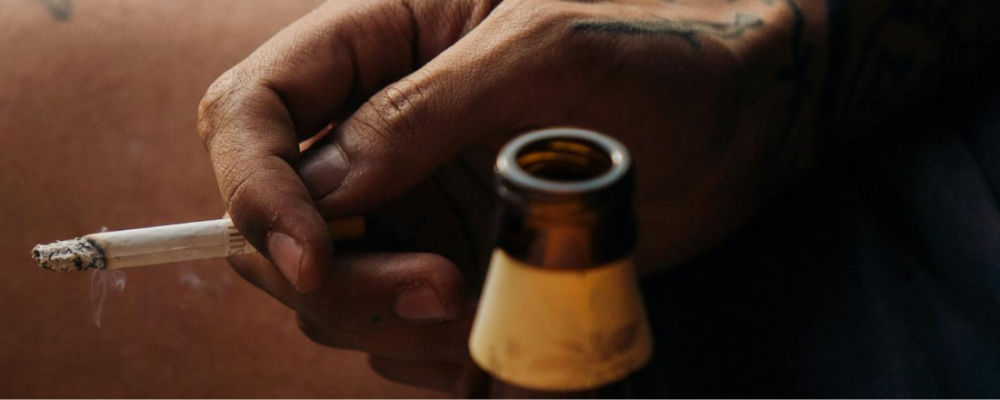
Policy Brief: Is Federal Parity Effective?
- William Kerr, PhD
- N. Mulia, C.K. Lui, Y. Ye, M.S. Subbaraman
-
Focus Areas
Alcohol, Tobacco, Drugs & Mental Health, Health Care & Population Health -
Issues
Alcohol -
Expertise
Public Policy Development, Research – Quantitative -
Programs
Alcohol Research Group, National Alcohol Research Center

In the US, 16 million people have an alcohol use disorder and heavy drinking is a leading cause of preventable death. However, accessing care for substance use and mental health problems can be more difficult than getting general medical or surgical care.
Although the Federal Mental Health Parity and Addiction Equity Act was enacted in 2008, a brief from PHI’s Alcohol Research Group shows that only strong parity states and states with coverage and partial parity had higher treatment admission rates. Extending parity laws to more Americans will help ensure people receive the care they need.
Originally published by Alcohol Research Group
Work With Us
You change the world. We do the rest. Explore fiscal sponsorship at PHI.
Support Us
Together, we can accelerate our response to public health’s most critical issues.
Find Employment
Begin your career at the Public Health Institute.


